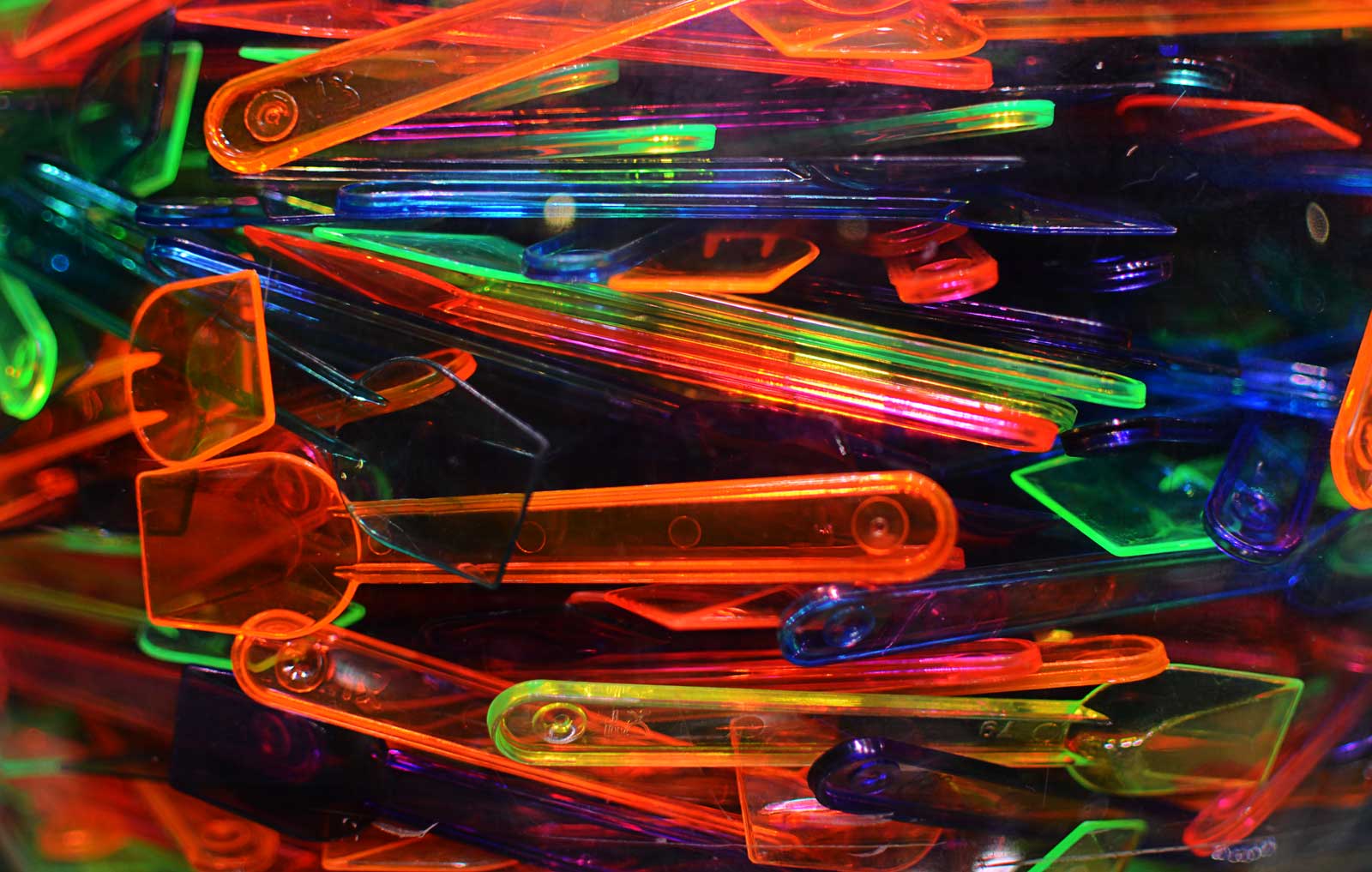Although real good Italian ice cream you have to try in Italy, there are some good parlors in Barcelona that keep up with customer expectations.
As with everything in this life, you have genuine things and bad copies, like JFK and Trump for example. There are the touristic spots, the local shops and then there are the authentic venues selling the real thing. Not that I want to harm the well doing of our ice cream vendors, but quality should always be a must for everyone.
Today I will mention my two favorite ice cream parlors offering the real stuff in the city, la creme de la creme. I prefer not to mention which is my second best.
Gelaaati! Di Marco at Carrer de la Llibreteria, 7 near Plaça Sant Jaume Metro Line 4 Yellow
In spite of being located in a well known touristic area, the Gothic quarter or Barri Gotic, this place manages to offer high quality, homemade ice cream in a way that is really appealing to the eye and the stomach. The staff is efficient and friendly and always dressed up for the occasion.
DelaCrem at Carrer d'Enric Granados, 15
In this case, we are talking about a shop in a very quiet street, not too frequented by tourists, that in spite of the small space could be a winner in any prestigious list of ice cream specialists. DelaCrem has a terrace that in summer really makes a difference. Offering less flavors than Gelaaati! Di Marco, they are always original and offer extremely delicious ice creams.
You would say I'm crazy because I am talking about ice cream in winter but with this global warming it really does not matter anymore.
Here is a list of the best ice cream shops in Barcelona via @TimeOutBCN





